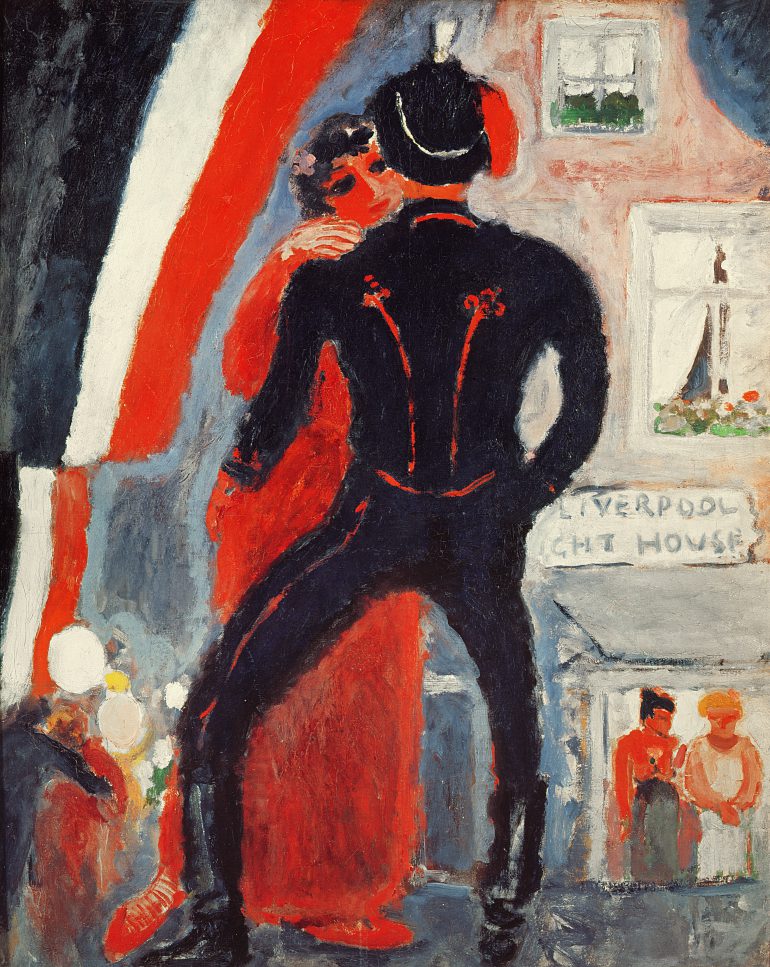“Watch me, I’m going to be famous” – the ambitious words of young Kees van Dongen (1877-1968), born in Delfshaven.The exhibition Kees van Dongen, the Road to Success highlights how this Dutch painter became one of the most famous artists of the twentieth century, exhibiting alongside Matisse and Picasso. Van Dongen is known as a celebrated portrait painter. He belonged to a vanguard of artists who sought artistic innovation in Paris at the beginning of the last century.Guest curator Anita Hopmans, senior curator at the Netherlands Institute for Art History, researched previously unknown paintings from his avant-garde period, which together provide a surprising and more complete picture of Van Dongen’s development. The exhibition, with more than 100 works in seven rooms, shows a fascinating reconstruction of the steps of the young Rotterdammer towards his crucial role within the avant-garde movement. Special loans from the Netherlands and abroad are on display.
Prominent leader
Around 1900, talent, commitment and artistic ambition, a studio high up in Montmartre, a healthy dose of self-worth and, above all, a keen sense for networks and opportunities brought Van Dongen into the environment of the avant-garde, first as an anarchist draftsman and then as a painter. In the footsteps of Jongkind and Van Gogh, Van Dongen quickly made a name for himself as a promising artist. His work was acclaimed for its personal and modern style. His breakthrough quickly followed with a debut as a painter at Galerie Vollard. Van Dongen managed to win over progressive French art critics and galleries such as Berthe Weill and Eugène Druet, took part in high-profile exhibitions, and in 1905-1906 joined a famous leading group of the avant-garde, known as the fauves. In Montmartre, center of artistic innovation, he moved into a studio in the Bateau-Lavoir at the invitation of Picasso.
Innovation through colour and touch
In a subsequent studio in the Rue Saulnier, close to the Folies-Bergère, Van Dongen was the first artist to use the new electric light. With the bright white glow with which he illuminated his models, he modernized his palette. It inspired him to express colors such as bright orange-red and intermediate tones such as light green and phosphorous yellow. Van Dongen made his name in the avant-garde circuit of Galerie Kahnweiler alongside Picasso and Braque and pulled in the crowds at Galerie Bernheim-Jeune, alongside Matisse. Thanks to his exceptional daring and talent, artistic struggles, personal setbacks, his exchange of ideas with other artists, his travels and an expanded international art market, Van Dongen developed into an innovator through touch and colour. Exotic themes, a flat decorative style and virtuosity brought Van Dongen both to the top of international expressionism and into the circle around fashion king Paul Poiret and up-and-coming elites.
Kees van Dongen, the Road to Success
Singer Laren, until 7 May
For information:
www.singerlaren.nl/keesvandongen
